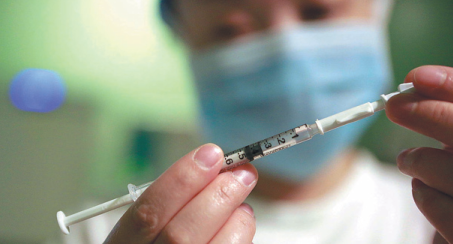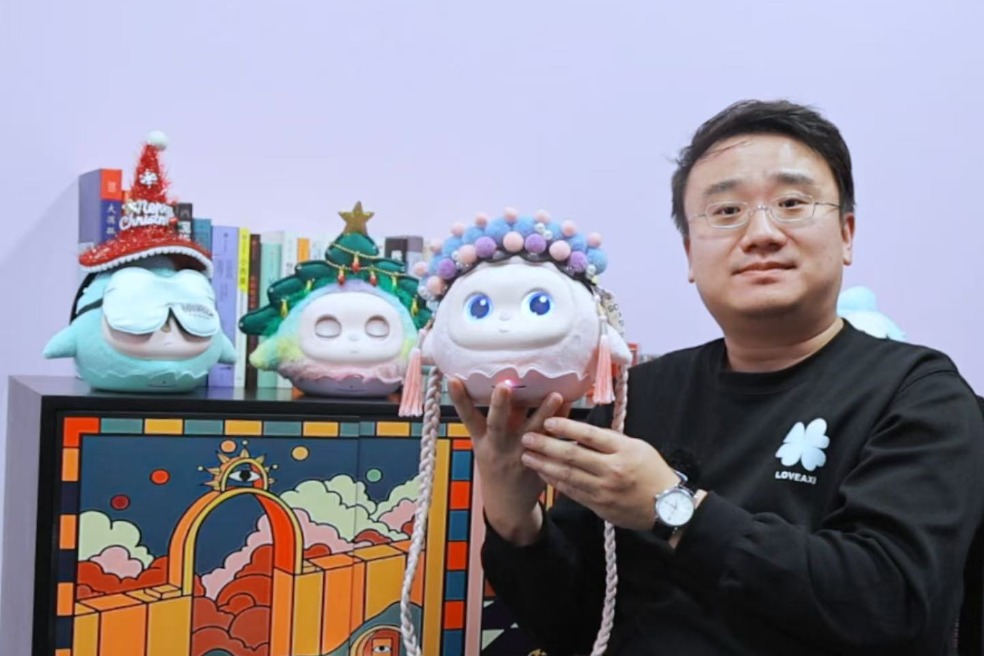Technology offers prospective parents new hope


Since being founded in 1997, the Shanghai institute's reproductive technologies have helped with more than 30,000 births.
In the early 2000s, China started to use the "third-generation" test-tube baby technique to assess and diagnose problems in the genetic makeup of embryos. This technique ensures that only embryos without genes that cause disease are moved into the mother's womb, so that disease is not passed from one generation to the next.
The technique allows couples with rare or genetic diseases, or those with a high incidence of tumors in their families, to realize their dream of starting a family.
But the technique is still imperfect in certain cases, including that of Cao, the Suzhou mother, as the embryo selected to be placed in her womb had a 50 percent chance of being a disease carrier.
"If the embryo is a disease carrier, the infant in later life may be at risk of repeatedly miscarrying or giving birth to a deformed child," Sun said.
Cao experienced three miscarriages 50 to 70 days after conceiving between 2010 and 2012. A DNA screening later found she had a structural chromosomal abnormality.
"My mother had two miscarriages before I was born, but we never thought it was related to recessive heredity," she said.
At the Shanghai institute, 11 effective embryos were obtained for Cao in 2015. By using the innovative technique, one healthy embryo with no risk of being a disease carrier was selected, meaning that genes carrying hereditary diseases could not be passed on.
In February last year, the institute set up an alliance - which to date includes 22 hospitals in Jiangsu, Anhui, Shandong, Jilin and Guangdong provinces - to extend the technology to more patients. More than 230 patients with specific medical needs have turned to these hospitals.
"After the technology fully matures, we want to introduce it overseas and promote the development of reproductive medicine worldwide," Sun said.



































